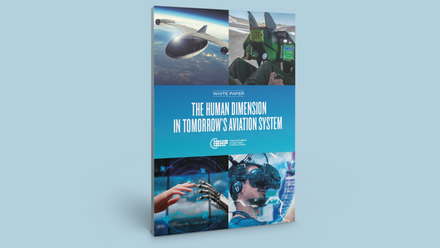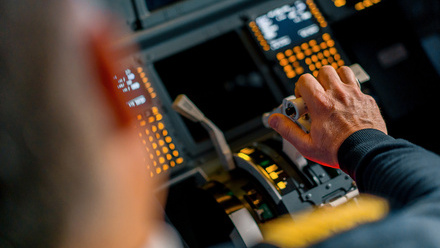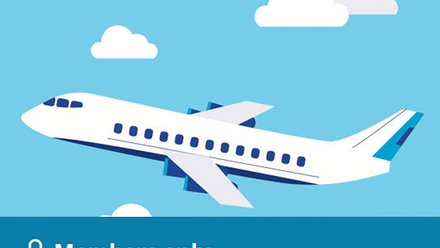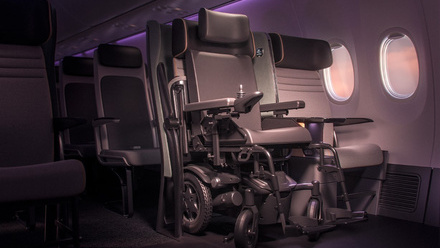Aviation & aerospace human factors
The mention of human factors within some sections of the aviation/aerospace industry often generates a discussion about Crew (or Team) Resource Management (CRM). A notable and important element of human factors implementation of course, but the scope and application of human factors in this highly diverse and 'ultra-safe' sector is much broader. It includes commercial, business and military aviation and activities ranging from design to decommissioning. Functional areas include:
- Airspace management and air traffic control. Human factors applies to control room layout and design, interface design, fatigue management, decision making, situation awareness and more.
- Infrastructure. In commercial aviation, human factors is applied to the design of airport buildings, wayfinding, check-in, security and baggage handling, for example.
- Piloting and cabin crew. This is where CRM comes into play, with job roles, communication, teamwork and leadership all being important elements.
- Aircraft and systems design. Human factors influences cockpit design, including layout, displays and controls, and features such as safety signage, communications systems, seat comfort and evacuation procedures.
The application of human factors also extends to manufacturing, maintenance and repair, safety, flight testing, research and development, recruitment and selection, training, flight simulation and accident investigation.
Browse our articles and publications
Watch our webinars on-demand









